The world of social media is constantly changing. To keep up with your competitors, you need an exceptional PPC marketing campaign. In this blog post, we’ll explain recent shifts in the social media landscape and how to create a marketing strategy that will surpass your competitors’.
Pay to Play
Over the past few years, there has been a dramatic shift in the social media landscape. You may have likes or followers, or well-crafted posts that are specific to your platform and your target audience. But unless you’re investing in quality video content, it’s unlikely that your content is going to get much reach or engagement. Here’s the kicker: social media marketing is no longer free.
This shift may have you wondering: what caused this change? Facebook has seen a major decline of organic search due to endless amounts of content and algorithm changes that now favor paid social. This push has forced brands to “pay to play.” In 2017 alone, social media marketing ad spend is projected to top $41 billion. While this news sounds defeating, there is a solution to keeping up with the ever-changing landscape: Pay up and create a marketing strategy that will succeed.
How to Create a Successful Social Media PPC Marketing Campaign
There are four key points to consider if you want to build a successful social media marketing campaign.
1. Get In Front of the Right People
When finding the “right” people for your campaign, it’s essential to define your target audience. Your target audience can be found by defining your product or service’s demographics and personas. While some people think that demographic data is enough, persona profiles dig into the personality of the buyer, giving you valuable information about your target audience. Personas focus on what makes your buyers who they are and what drives them to seek out the services or products you offer.
2. Choose the Right Time and Place
Now that you’ve defined your target audience, it’s time to choose the right time and place for your message. To create a strategy for success, first you must choose the right platforms. It’s important to know which platforms your target audiences are most likely engaging with. This allows you to effectively target, resulting in wisely-used ad dollars. The next step in a strategy is creating a timing and sales funnel. Knowing where your customers are in the sales funnel gives you a better idea of what their current needs are, in order to move them to the next step of the buying process. The stages of the sales funnel include awareness, interest, decision and action. The third step to creating a strategy is based on your user flow and goals. How are visitors engaging with your content? Are they ready to take action or are they just looking for information to help form a decision? Determining where visitors are in the sales funnel can help you develop a strategy for PPC, traditional media, and remarketing, to deliver a message to visitors based on content they did or didn’t view to re-engage them and encourage a conversion.
3. Deliver the Right Message
When creating engaging content, it’s fundamental that your promoted content leads back to the content that converts. Here are a few questions you can ask yourself to help boost conversions:
- Do you have engaging content?
- Do you have a measurable conversion and a clear call-to-action (CTA)?
- Does your message/creative match your landing page?
- Is your landing page mobile friendly?
- Next, it’s time to test different creative and messaging.
Helpful tip: Make sure to provide your audience with a clear CTA so they know exactly what action you want them to take. When it comes to testing, don’t be afraid to fail, because failure is the best way to learn!
Make Data-Driven Decisions: After you have completed testing, the last step is to make data-driven decisions. Before we move on, it’s important to note that testing is never done. You must consistently measure the results of your advertising campaigns and track the changes, making data-driven decisions based on these results. Helpful resources for tracking data are Google Analytics, Tracking URLS, Crazy Egg and Mouseflow.
Test, Measure, Learn, Repeat
With the ever-changing world of marketing, your efforts need to be sophisticated and more creative than ever before. Now that you must “pay to play,” you can’t afford to create your ad based on trends and then forget about them. Tracking the performance of your paid advertising is never finite. You should always be testing, tracking and learning, not only in your front end and remarketing ad messaging, but also with your landing pages.
Landing Page Testing Examples that can be created in Optimizely or Google Content Experiments:
- Images – Are you unsure of which image may resonate or convert the highest? Test them. This is your opportunity to evaluate which images garner the highest click-through rate in each platform.
- Message – Minor copy changes can produce big results. Simply changing your headline may increase your CTR, giving you a better opportunity to convert a visitor.
- Landing page – Implement A/B split testing of landing page elements including headlines and headers; images and icons; text; calls-to-action and page layouts.
Need help creating and tracking a successful social media PPC marketing campaign from beginning to end? Contact Evolve Marketing to learn how our digital marketing team can help you.
Resources:


